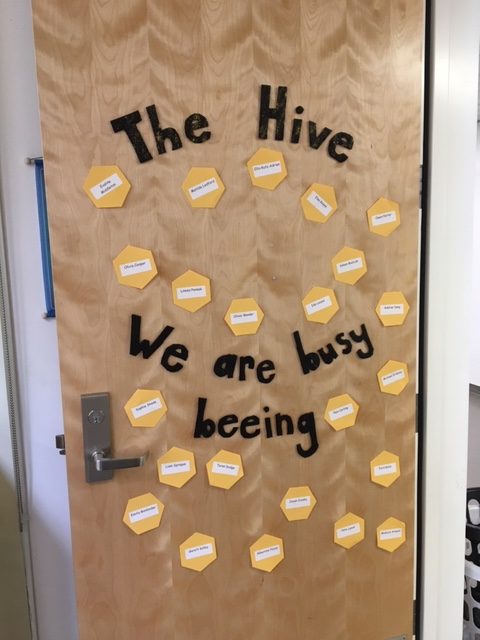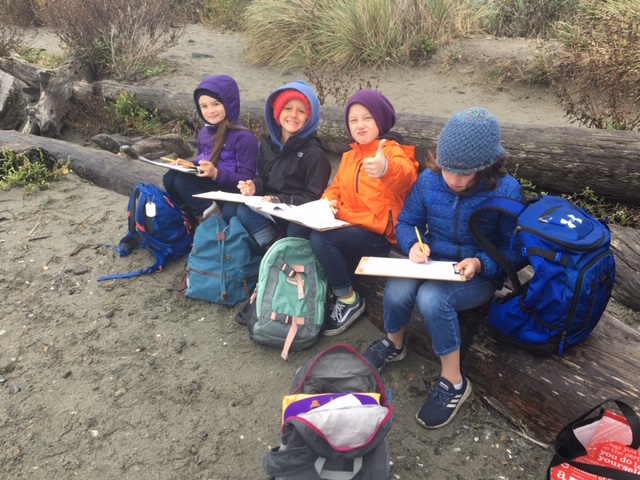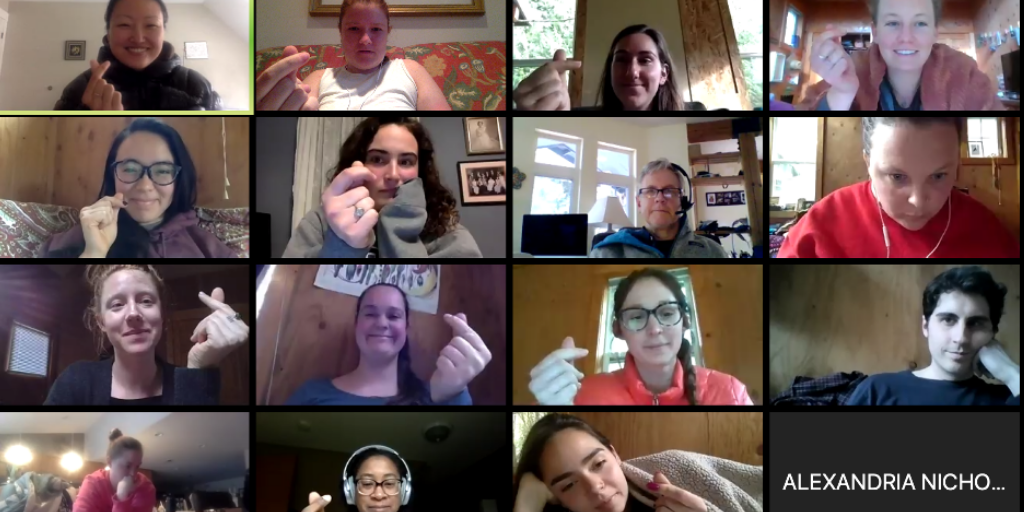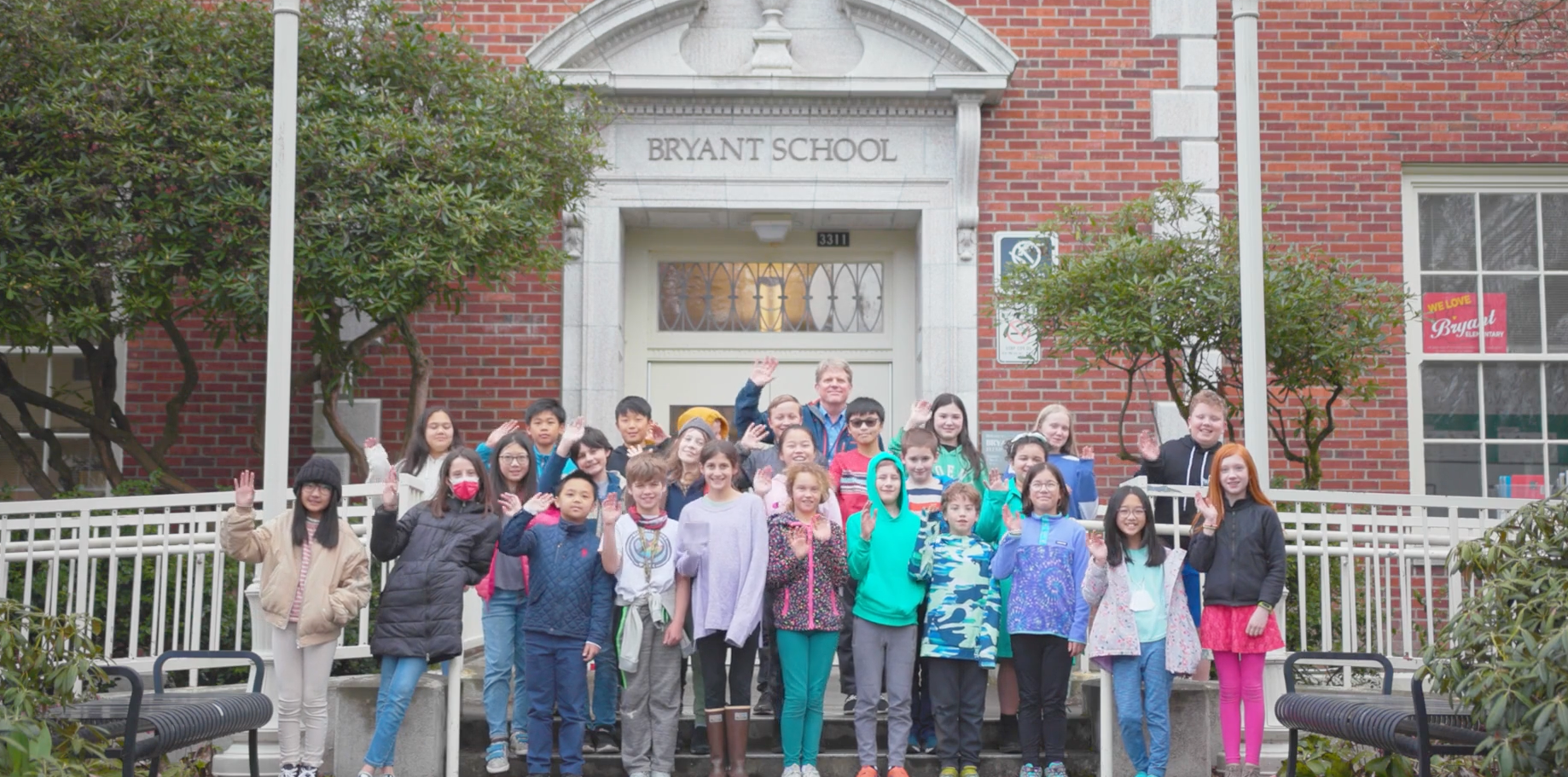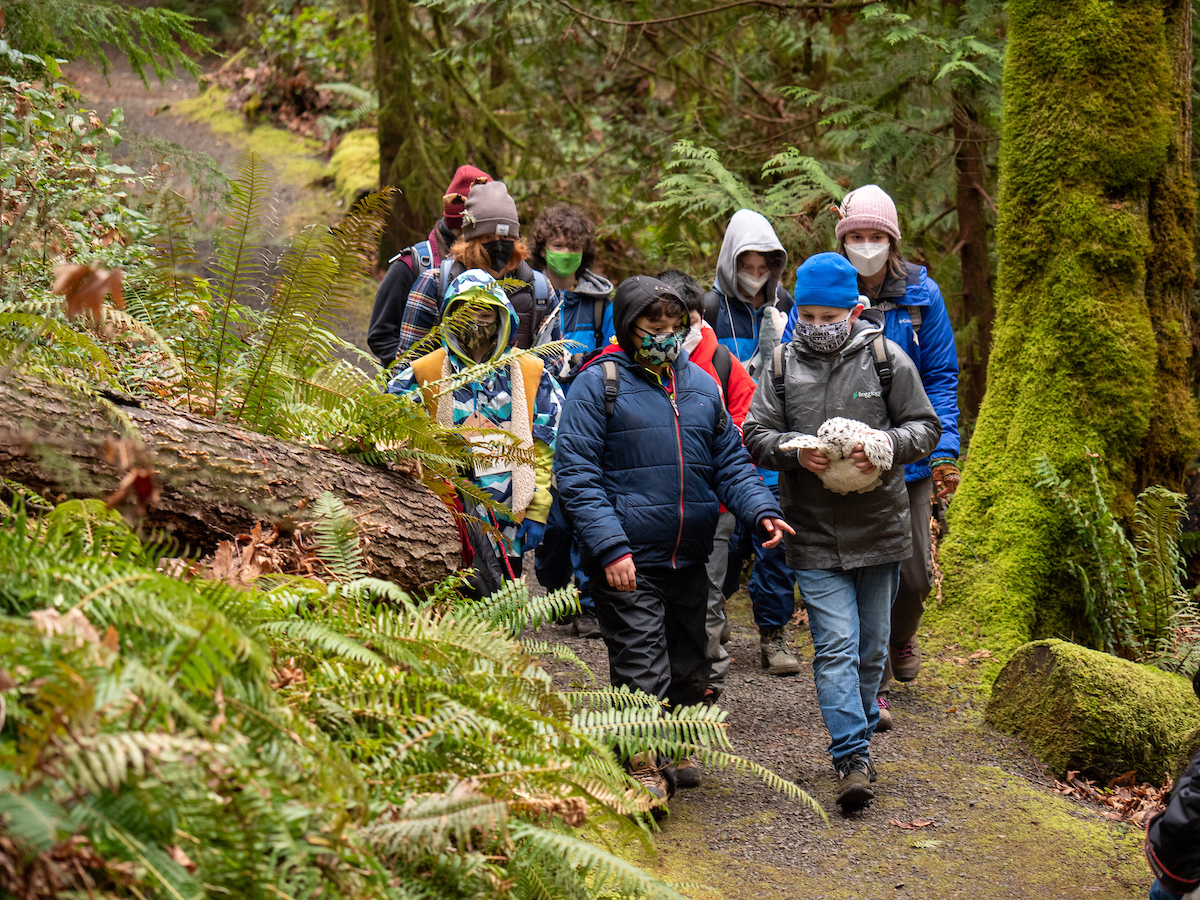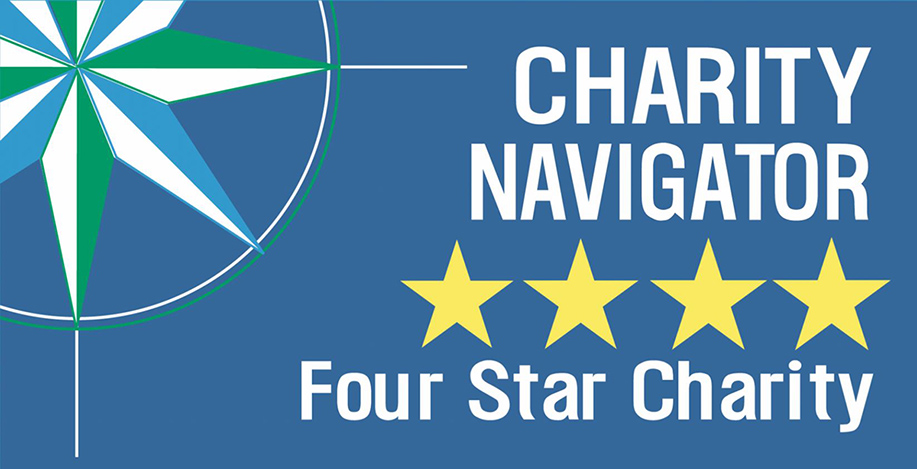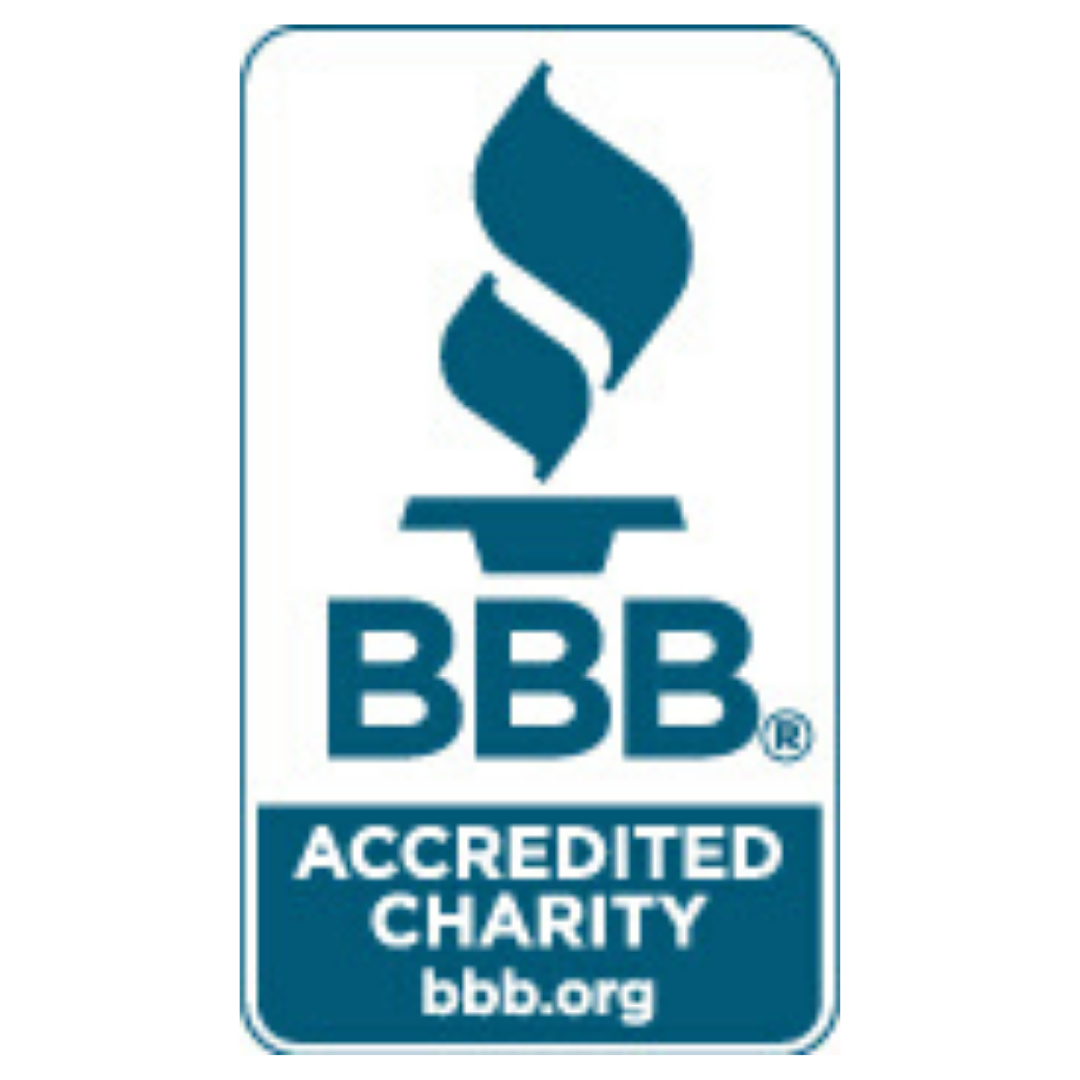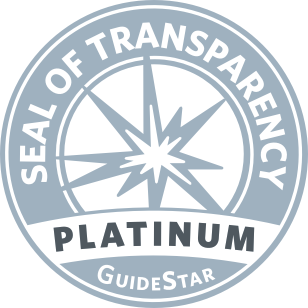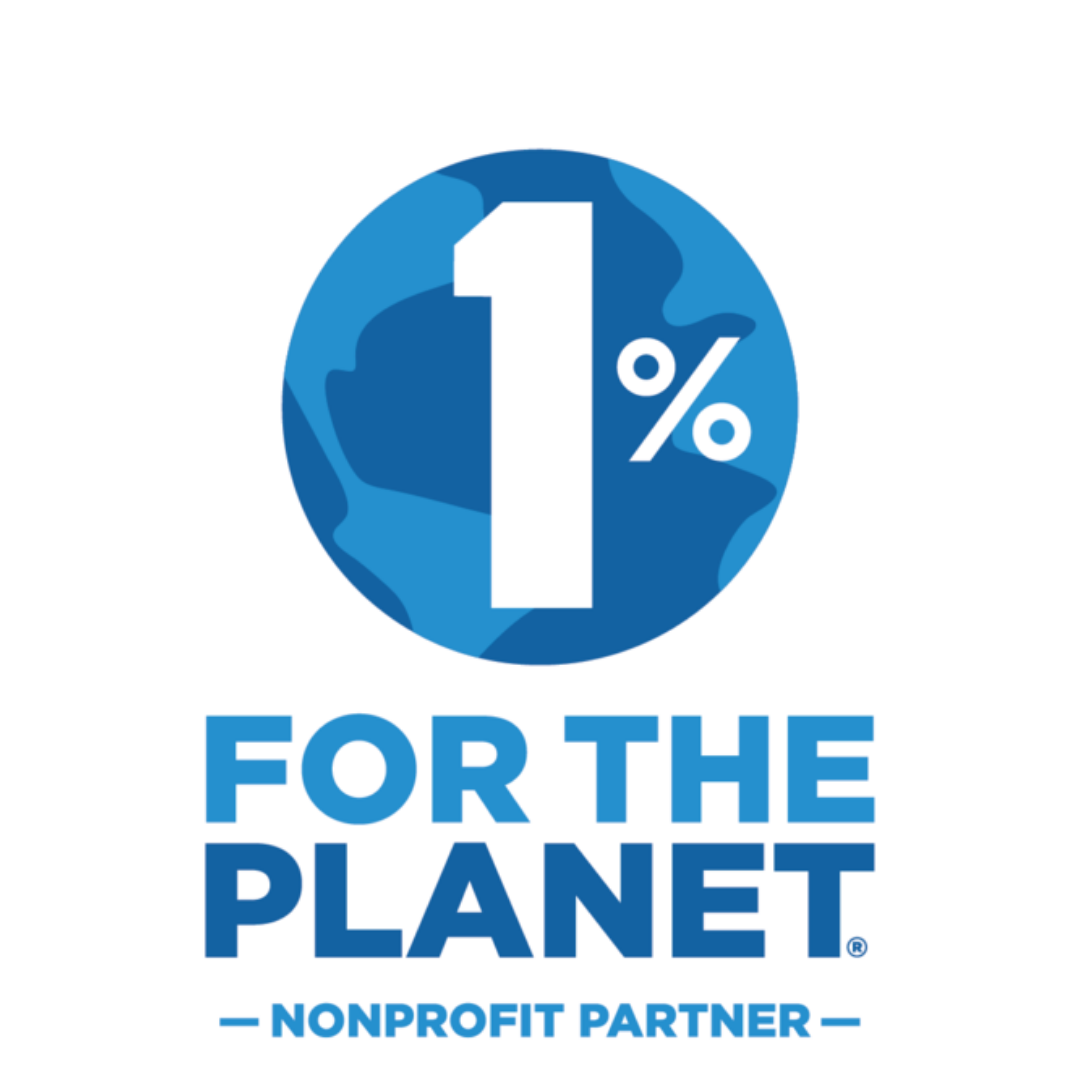When the IslandWood graduate program moved online with the arrival COVID-19, faculty transitioned from teaching…
Morgan Lindberg (‘15) is handling teaching in the time of the coronavirus with relative ease. This is not to say that designing and supervising an educational program for each of her fourth-grade students from afar hasn’t been an enormous undertaking, one which she has found emotionally overwhelming at times. But whereas many in her profession lament not having had systems in place before COVID hit, Morgan finds herself in a favorable position.
Morgan works at the majority-white, comparatively well-resourced Thornton Creek Elementary School in Seattle whose free and reduced lunch rates fall far below the district average. Her system therefore includes the student computers whose availability (or lack thereof) has become shorthand for the inequity in our schools, now more glaring than ever. However, she has an additional asset, one that can’t just be switched on in times of need—a learning community cultivated over many months. This community begins with her students and extends beyond the classroom walls to encompass the voices of parents and the learning opportunities inherent in students’ home and school communities. It is an approach that emerged during her time at IslandWood as a graduate student instructor in the School Overnight Program (SOP), where she learned to tap student interest and facilitate collective learning experiences.
“I remember we were walking on the [IslandWood] trails,” says Morgan, “and I said, ‘It looks like the sun’s setting,’ and a student said, ‘No, the sun’s not setting. The earth is turning…. Kids are teaching just as much as I am.” And parents, too. With that kind of modesty and openness comes tremendous opportunity. Morgan has always sought feedback from parents and welcomed them into the classroom. Earlier this year, a parent taught a lesson on renewable energy. Another connected her with the founder of a nonprofit near school, which trains women refugees to make jewelry and clothing from recycled fabric. As part of a yearlong study called “Shaping Seattle,” the students learned about the struggle to find work faced by many new immigrants and got to meet a neighbor who took action to solve this real-world problem. After schools closed this spring, parents regularly shared online resources with her. “I want to hear other people’s voices. I’m not an expert in everything,” she says. “I don’t have all the answers. I don’t want to have all the answers.”
Parents who have been made to feel that they are already a part of their students’ education, as more than taskmasters and monitors, are often more comfortable in the role they are being asked to assume as homeschoolers. Throughout the spring, Morgan remained in regular communication with her students’ parents, eliciting feedback about what was working, what was not, and what they needed, and she reorganized and tweaked accordingly, whether that meant posting daily messages or encouraging a student to pursue an independent course of study that proved more successful. She not only differentiated the curriculum for students, but gave parents the freedom to opt in and out of assignments as their family situations allowed.
During the isolation and largely indoor experience of Stay Home Stay Healthy, Morgan says her “goal is to get kids off the computer” and outdoors, to embark on the sort of hands-on, place-based learning she facilitated as an SOP instructor. She found inspiration in the new IslandWood Phenology Friday video series, in which staff share seasonal changes they’ve observed close to home, perhaps the sudden appearance of dandelions or a surge in the number of bugs on a sunny spring day. She posted the videos on her class website (“Check out this video by my old friend, Max,” she wrote in the online discussion. “We went to school in the forest together!”) and urged her students to look for signs of those changes in their neighborhood (“Become an entymologist this week!” she exhorted). They followed the investigation techniques demonstrated in the videos and documented their discoveries in their quarantine project—a field guide to “our world during the coronavirus” reminiscent of the journals she used in SOP.
Students began with a map of their neighborhood, working off Google or drawing a more freeform one from memory, adding personal details such as a favorite bike route and pinpointing the locations of their phenology discoveries. They filled the pages with photos, natural history notes, artwork, and reflections about what they missed and didn’t miss about school, their new ways of communicating with friends and classmates, and other aspects of life at home. Their worlds have shrunk during COVID-19, but with daily observation, these microcosms proved to be rich with natural and human life and animated by seasonal changes and family routines. From her computer at home, Morgan moderated the students’ online exchange of ideas and discoveries, delighting in the report of a heron’s nest, the photograph of a mason beehive built in a backyard, and the delicate watercolor drawing of a pill bug. Her world right now is also small, having returned to her childhood home with her husband, where they await the birth of their first child. But in combination with those of her students, so finely observed and recorded in their field guides, her world has grown indeed.


